What’s in My Daypack for a Day of Sightseeing
Over the last few years of full-time travel, I’ve honed my daypack essentials to a fine art.
Whether going out wandering through the busy street of Bangkok, exploring the parks and gardens of Singapore, or traveling out to small daytrips in the areas surrounding Tokyo, the items in my daypack keep me prepared for whatever the day throws at me.
Some people might call me a worrywart! But I’d rather be prepared to handle basic inconveniences and not worry about, say, tracking down a pharmacy because I need Ibuprofen for a sudden headache. Especially if I already have a stash of it in my travel med kit, y’know?
Here’s a peek into what I carry in my daypack specifically for days I’ll be away from my hotel sightseeing, with some recommendations for products that have served me well on the road. If you’ve ever wondered what you should be bringing with you on a daytrip, walking tour, and so on: here you go!
Just Gone Wandering is supported by readers! This post contains affiliate links. If you click on a link and buy something, I get a small percentage at no extra cost to you. Your support helps keep this blog running— thank you! Read full disclosure here.
1. A Lightweight, Durable Daypack
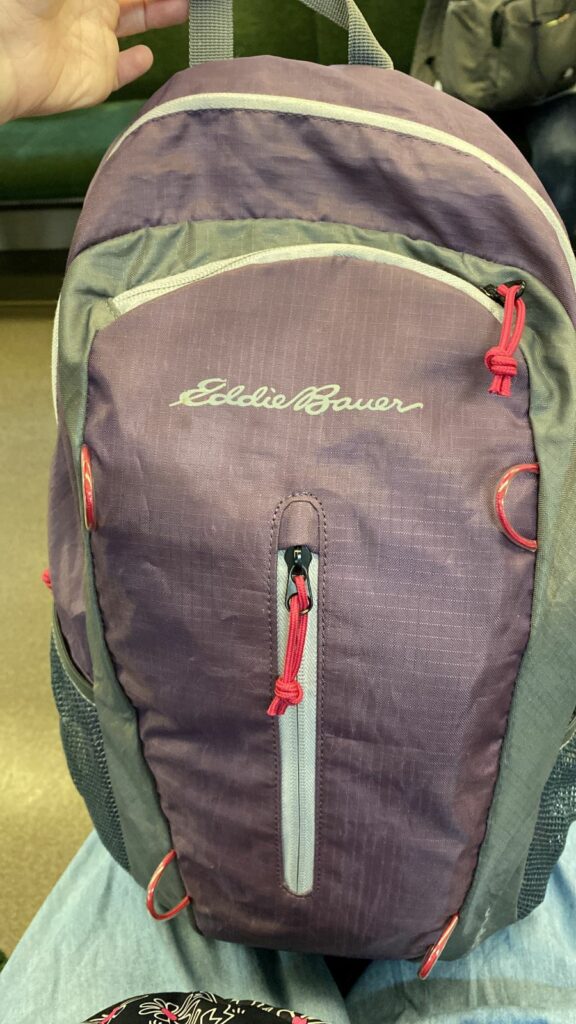
Before we dive into the contents of my bag, let’s talk about the pack itself.
A good daypack is the foundation of your daily adventures. It should be lightweight, comfortable, and durable enough to handle daily use over a long period of time. For that, I recommend getting a quality daypack from a legit travel or outdoor brand.
I personally love the Eddie Bauer packable daypack. It’s lightweight, folds down into a pocket, and has a breathable mesh back which helps keep me from becoming a giant sweat stain. It’s great for day trips or even overnight getaways! I got mine at a thrift store in France, but honestly I’d buy another one full-price if I had to.
The only downside is there’s no internal structure (which is why it squishes down into a pocket) so everything inside just falls to the bottom. I use packing cubes to keep things organized in there, which works out pretty good.
- Alternative: Osprey Daylite Plus. Lots of pockets, integrated hydration sleeve, slightly sturdier shoulder straps.
2. A Reusable Water Bottle
Staying hydrated is non-negotiable, especially in hot and humid climates like Bangkok or Bali. I never leave my hotel without a bottle of water in my bag. I currently use a stainless steel off-brand I got as a gift from my dad, which is a lifesaver when I’m trekking through a steamy jungle or spending the day on foot in a sweltering city.
At the very least, if I don’t have a reusable bottle I’ll have a regular plastic one from a convenience store. But I gotta have SOMETHING!
- Alternative: Lifestraw Go bottles have a built-in water purifier, absolutely fantastic in places where you can’t drink tap water.
- There’s also the good ol’ Nalgene bottle, lightweight and sturdy but maybe more bulky that other types.
3. Portable Phone Charger (Power Bank)

My smartphone is your best friend when traveling—it’s my map, camera, translator, and guidebook all in one. But nothing kills the mood like a dead battery when I’m trying to find my way back to my hotel after a long day of sightseeing.
Worse if your phone is getting a bit old, and the battery no longer holds a full charge and doesn’t even last a full 8 hours any longer! Ugh.
This is why I always carry a MyCharge Adventure power bank. It has enough juice to recharge my phone multiple times without having to worry about finding a plug somewhere. It’s come in really handy on long bus rides especially where the built-in USB charging ports never seem to work right.
Related: The Ultimate Tech Guide for Full-Time Travelers
4. Travel Umbrella or Rain Poncho

Weather can be unpredictable, especially in tropical regions like Southeast Asia during the rainy season. I’ve been caught in sudden downpours more times than I can count. A compact, lightweight travel umbrella like the Repel Windproof Travel Umbrella or a foldable rain poncho is always in my daypack.
Umbrellas are also great for sun protection! There’s special UPF umbrellas that actually bounce heat away from you, keeping you much cooler during the day. The key is to have a dark inner layer and a lighter-colored outer one. I got mine from a store in Japan, but this one is pretty close.
We don’t really use umbrellas for sun protection in the US, but it’s very common in Southeast Asia. Some tourist sites will even provide umbrellas for guests, like in Thailand.
5. A Good Travel Guidebook (or Digital Equivalent)
It’s kind of old-fashioned, but I still like flipping through a travel guidebook to look for new places to go. While I don’t really carry a full-sized booked with me, I often have a city map (snagged from the tourist info center) and a tourist pamphlet or two while wandering around a city.
If I DO want a full guidebook, I just download a digital edition of the country or region’s Lonely Planet guidebook to my Kindle and flip through it on long train or bus rides.
Did you know that you can get these for FREE with a Kindle Unlimited subscription? Awesome! Sign up for a free 30 day Kindle Unlimited trial here.
6. Snacks for the Road
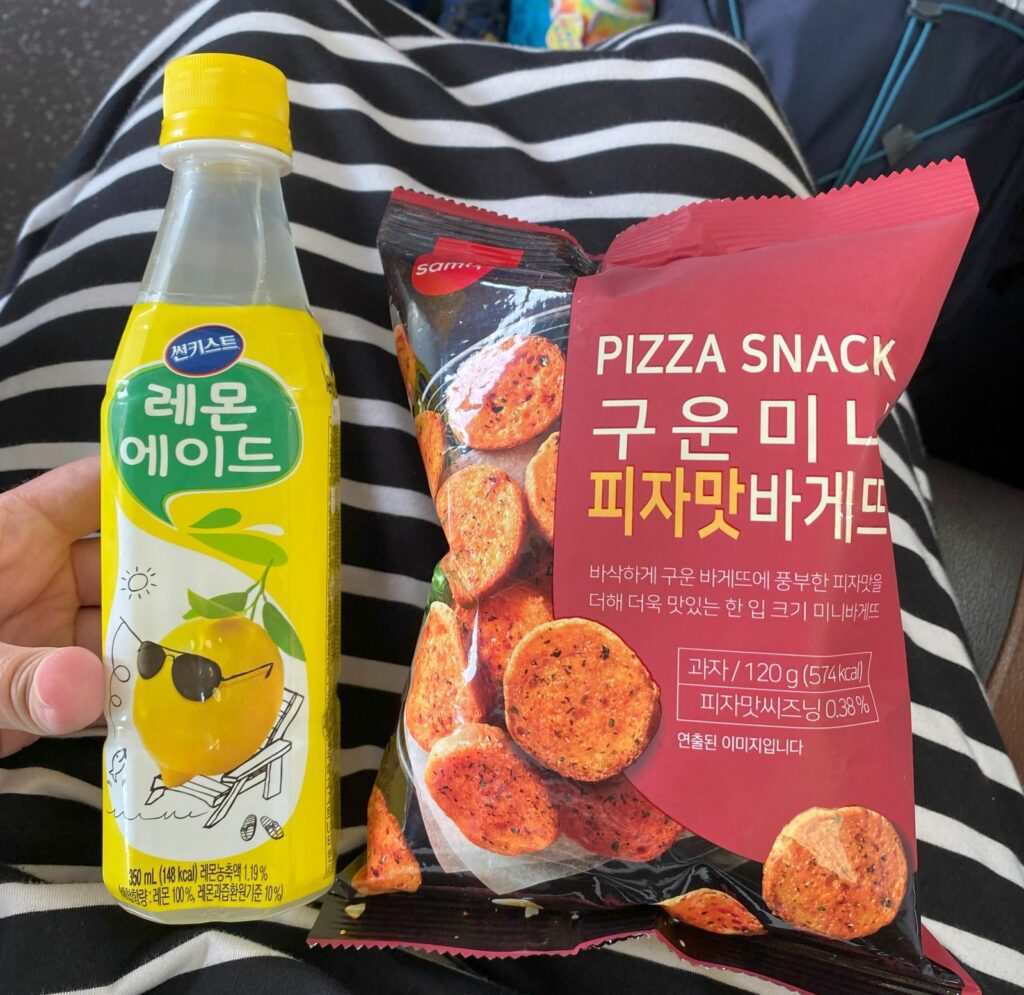
Whether I’m hiking up Mt. Bromo in Java at dawn or navigating the labyrinthine streets of Hanoi’s Old Quarter, I always carry a few snacks in my daypack. Usually it’s a mix of local snacks and favorites from home that I managed to find in the grocery store. Things like granola bars, trail mix, dried fruit and nuts are all great basics keep me energized between meals.
If I know I’m going to be gone for a long while and don’t know what kind of food will be available, I might even stash some lunch food from a convenience store in my bag. If you’re really watching your budget, that’s a good way to keep from buying expensive meals at tourist traps.
7. First Aid Kit

A small, portable first aid kit is one of those things you hope you never need but are glad to have when you do. I carry a basic kit with band-aids, antiseptic wipes, pain relievers, and some blister pads. The Adventure Medical Kits Ultralight/Watertight .7 is a great option, as it’s compact, lightweight, and well-stocked for most minor injuries or ailments you might encounter.
It’s easy to restock these when you’re traveling as well, as everybody needs bandaids and Ibuprofen so they’re available in basically every country around the world.
8. Sun Protection

The sun in Asia (in particular) can be intense, especially if you’re spending a lot of time outdoors. I never leave without applying a broad-spectrum sunscreen and carrying a small bottle of Banana Boat SPF 50 for reapplication throughout the day. Banana Boat is one of those brands that’s available almost everywhere (though it can get pricey in certain countries).
A pair of polarized sunglasses, like those from Ray-Ban, protects my eyes from the sun’s glare and adds a stylish touch to my travel outfits. And of course I always have my trust Sunday Afternoons hat on my head!
(I didn’t use to care that much about the sun but the older I get, the more it worries me. Don’t be like me: start taking care of yourself as early as possible!)
9. Portable Hand Sanitizer and Wet Wipes
Traveling means touching a lot of surfaces, from public transportation handles to restaurant menus. Surprisingly, public bathrooms (outside of big malls) more often than not don’t even have soap! The whole world is full of grimy things and if I think about it too long I get grossed out.
So I do as the locals do and carry a bottle of hand sanitizer (like Purell) and a pack of wet wipes. They’re essential for staying clean and fresh, especially in places where soap and water may not be readily available.
10. A Small Notebook and Pen
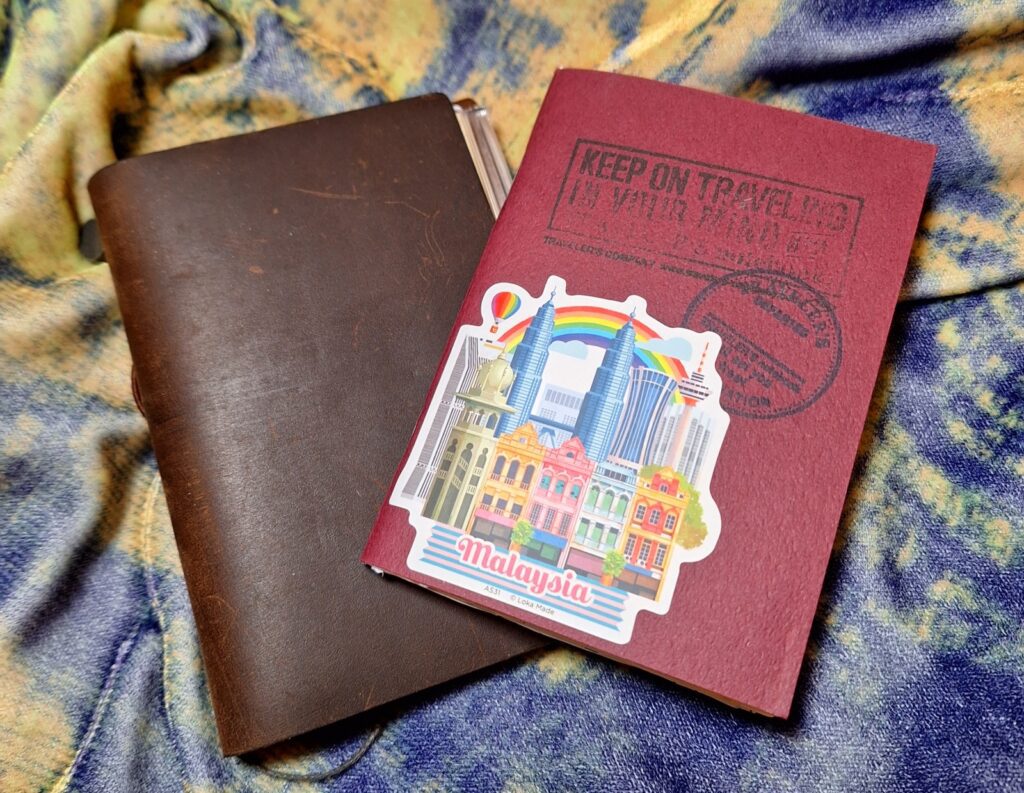
I always carry my Midori Traveler’s Notebook (passport size) with me so I can take notes or do some quick travel journaling. It’s also a handy place to stash business cards or other small things I don’t want to get lost in my bag.
11. 2nd Smartphone
My main phone is a fairly old iPhone 11, which works great for everything but photos. I thought I’d be clever and get a new smartphone with a better camera– but I cheaped out and got one that can’t use eSIMs, making it useless for anything EXCEPT photography. Oh well…
I also bring a small, foldable tripod with me! I’m not great at remembering to set it up and take photos, but having it in my bag is at least better than leaving it in the hotel room.
- Alternative: I wish I’d just gone for a regular camera like the Sony Alpha a6400. It’s compact but has good image quality, and can take 4K video.
12. Local Currency and Credit Card
Even in today’s increasingly cashless world, having some local currency on hand is essential, especially at street markets or small souvenir stalls. I usually carry a mix of local currency and a travel-friendly credit card like the Chase Sapphire Preferred, which offers great rewards and no foreign transaction fees.
13. Light Layer or Scarf

Even in warmer climates, it’s smart to carry a light layer or scarf. Air conditioning in places like Tokyo’s metro system or Singapore’s malls can be surprisingly chilly. I often pack a lightweight scarf or a packable jacket like the Arc’teryx Squamish Hoody for those times when I need an extra layer.
- Alternative: A lightweight merino wool sweater is great to carry around because it packs down small, doesn’t smell, and is surprisingly warm for its size. I use one from Uniqlo, but this one from Knittons looks similar.
Final Thoughts
Packing the perfect daypack is a bit of an art form, especially when you’re traveling in diverse regions like Asia where the weather is mostly hot but might suddenly get rainy or cold.
Each item in my daypack has earned its place through trial and error, over the course of several years. While your needs might differ slightly depending on your destination or personal travel style, the suggestions here are a great starting point for putting together your own perfect packing list.
The key is to strike a balance between being prepared for anything and keeping your load light enough to enjoy the day without feeling weighed down. Good luck, and happy travels!
Save to Pinterest
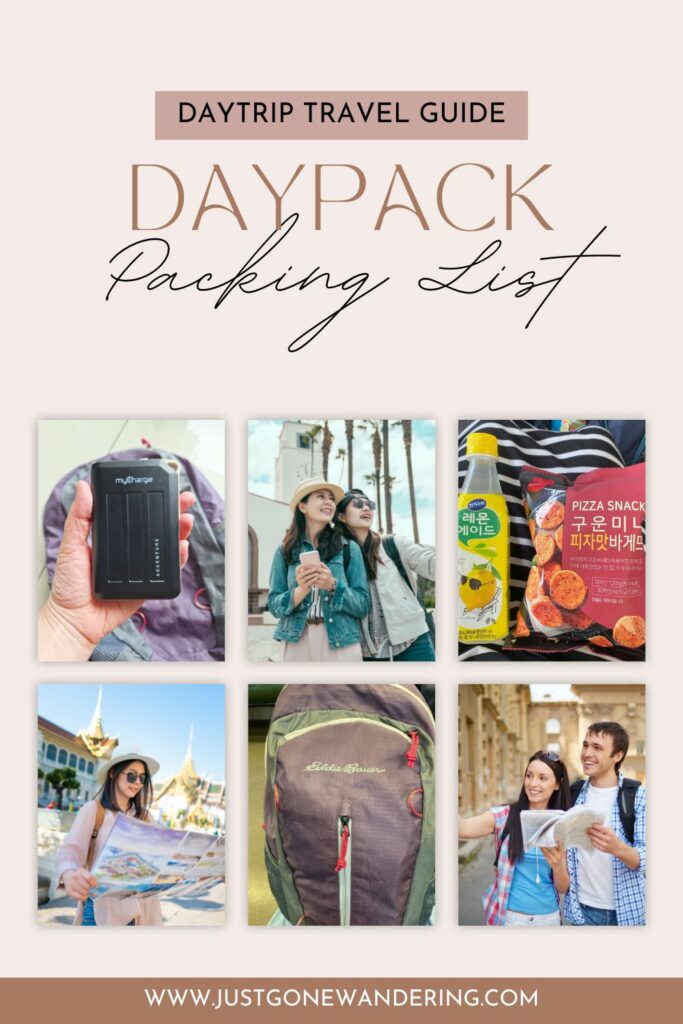
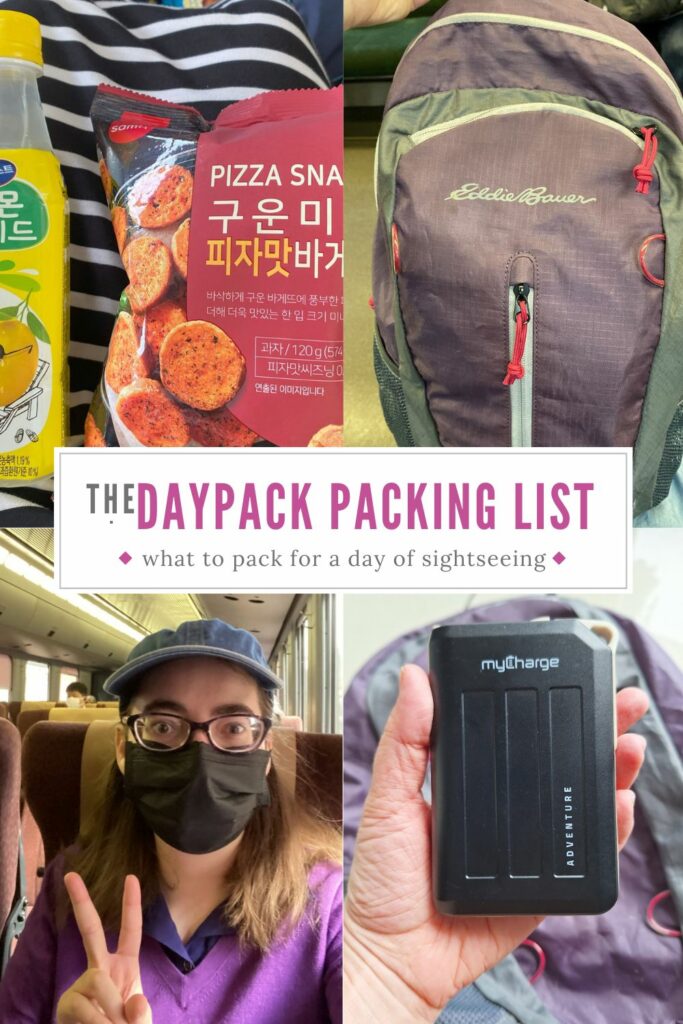
Explore More
Nomad Living
- How to Plan a Year of Full-time Travel
- Packing List for Perpetual Travel (Solo Female Cozy Budget Style)
- Backpack vs. Suitcase for Long-Term Travel
- How to keep in contact while traveling abroad
- The BEST WhatsApp Travel Group Chats
- 90+ Active Facebook Groups for Travelers
- Where to Stay Besides Hotels When Traveling Long-Term
- Travel kitchen essentials | Hotel cooking
- Best Resources for Long-Term Travel
Destination Travel Guides
Best Travel Resources
- 👩💻Stay organized with the Deluxe Travel Planner Spreadsheet
- 🛌Search Hostelworld for budget stays
- ✈️Search SkyScanner for discounted flights around the world
- 😺Join TrustedHousesitters and do petsitting in exchange for accommodation
- 💳Carry Chase Sapphire Preferred for a travel-friendly credit card
- 📱Use Airalo for eSIMs around the world
- 🚙Check DiscoverCars for international car rentals
- 👩💻Snag ExpressVPN to stay safe while browsing the web
- 🧑⚕️Sign up with VisitorsCoverage for trip insurance

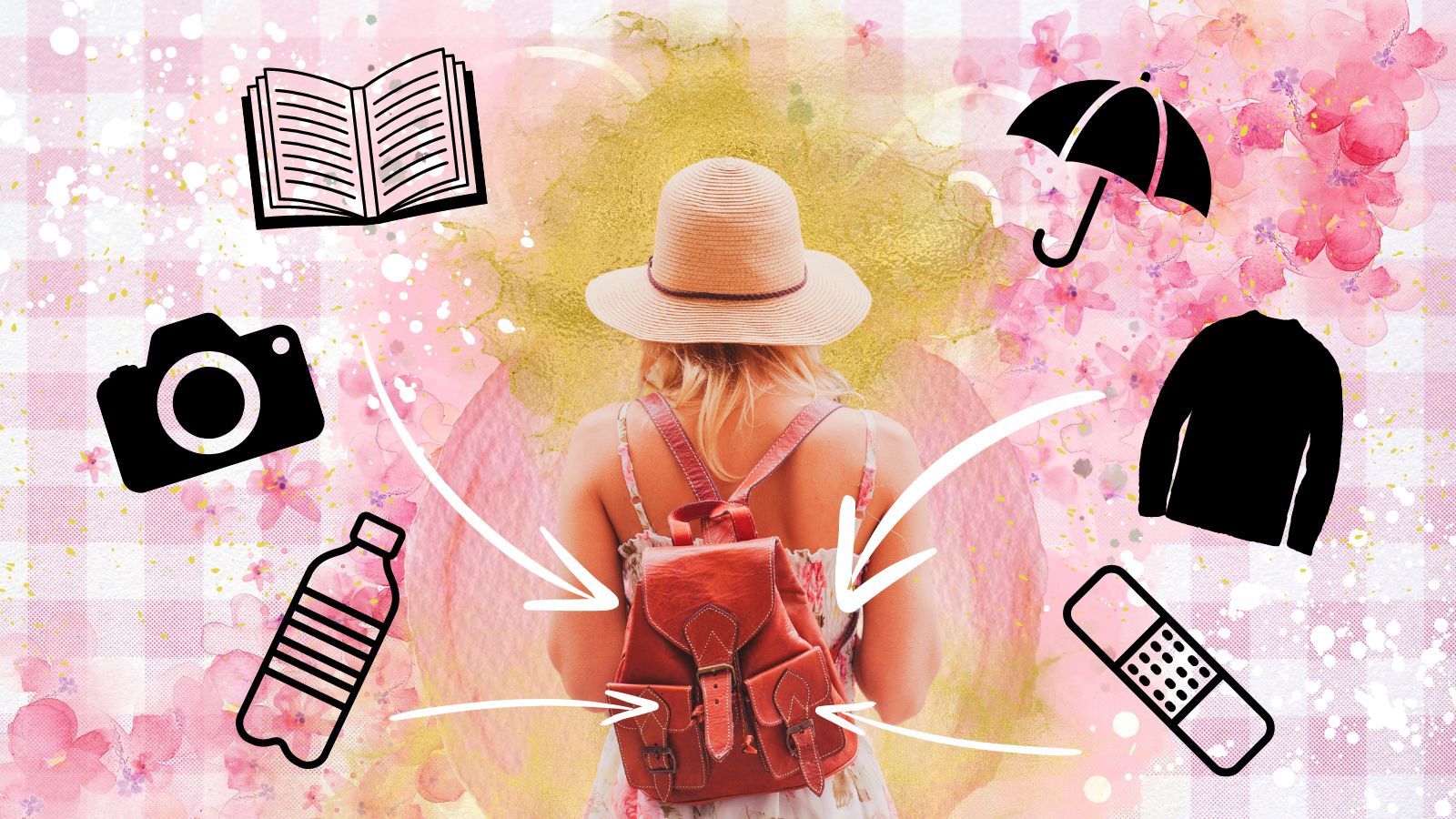



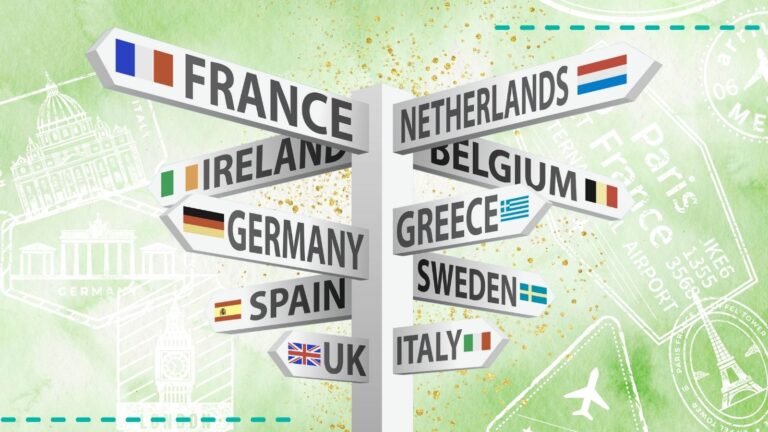

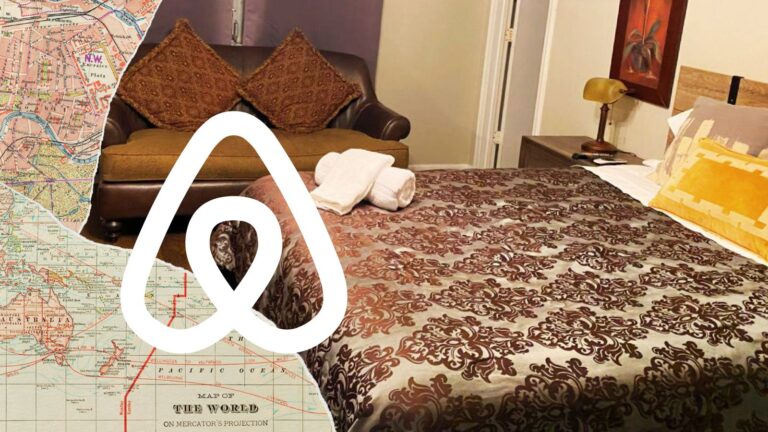
Great tips! I carry a small canvas tote with my phone, camera, and usually a water bottle. I used to use a small backpack but found it cumbersome to pull the camera in and out of when I wanted a quick picture of something. I used that pack for like 6 years though – to the point where it had a small hole in the bottom. For me now, the tote is easier. But a good system that works is what’s important!
I often have my purse as well, so I keep my phone/wallet/etc. in that and offload the heavy stuff to my backpack. I like your idea of using a tote bag!
You have a terrific list of things to keep in your backpack. I usually travel with most of these. Although a digital guidebook is a great idea that I hadn’t thought of before. Thanks!
A digital guidebook is handy for looking up quick recommended restaurants or even a quick background of a historic monument or something! Since I take my Kindle with me most days anyway it just makes sense to have a guidebook on there. But you can also just put a guidebook on your phone, of course, using the Kindle app.
Wow! I never took a second smartphone but it seems to be rather cool idea!
A traveler’s notebook is such a cute idea! The 2nd smartphone, too. One of my daughters brings a digital camera along with her phone for photos.
Great list! Your first aid kit bag is so cute!!
Thank you!! It’s from a Daiso in Seoul actually!